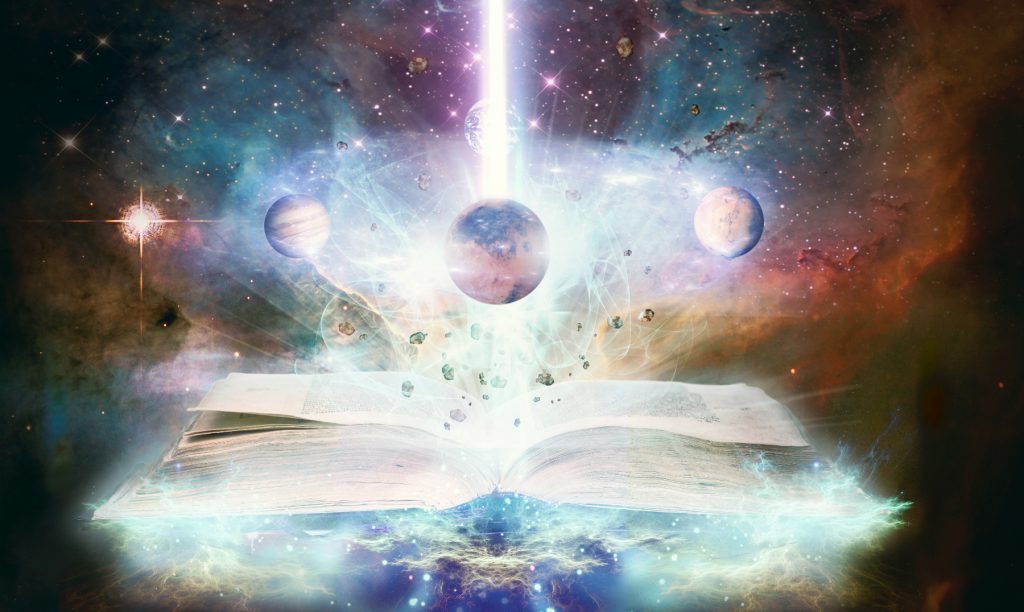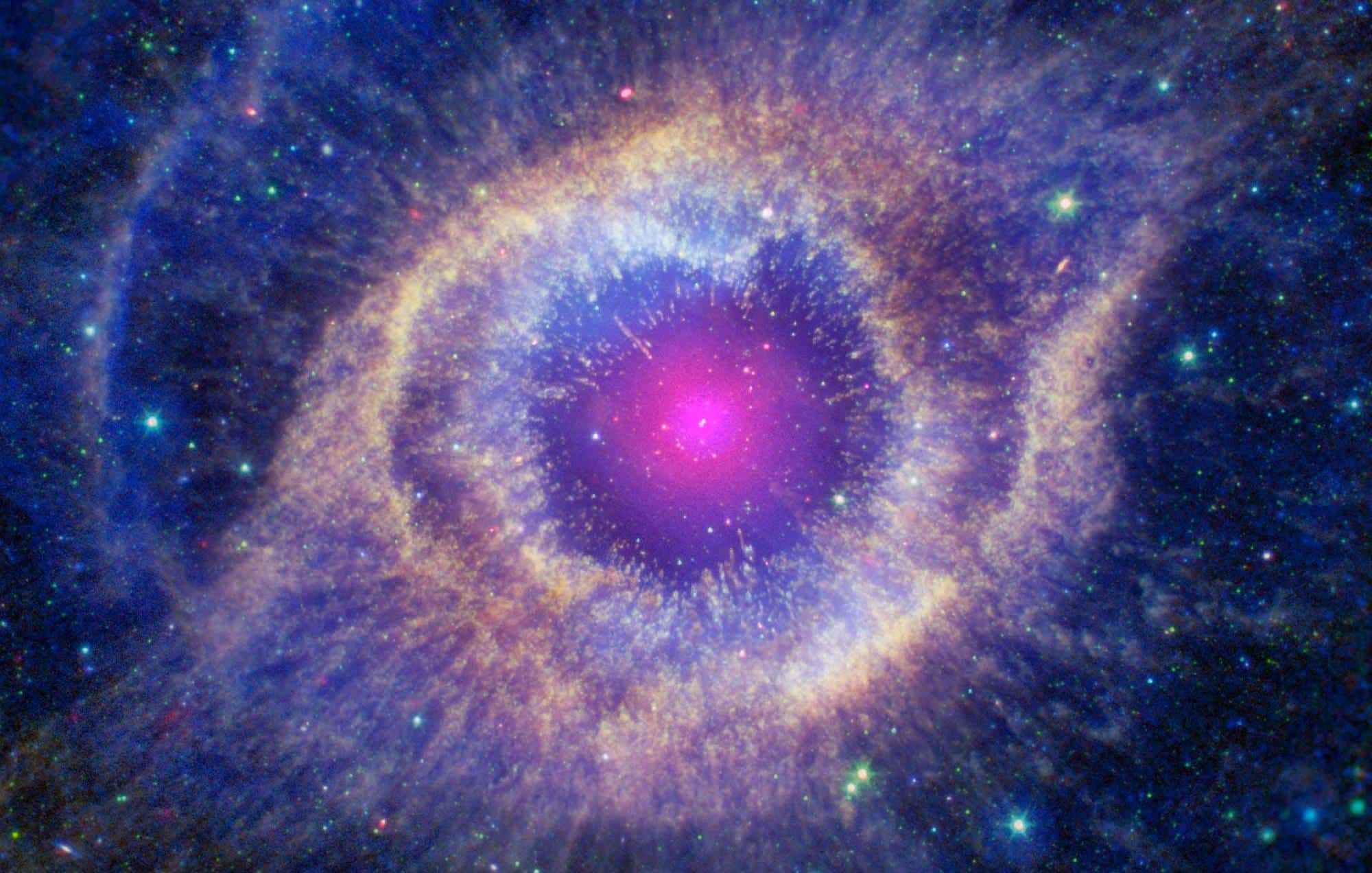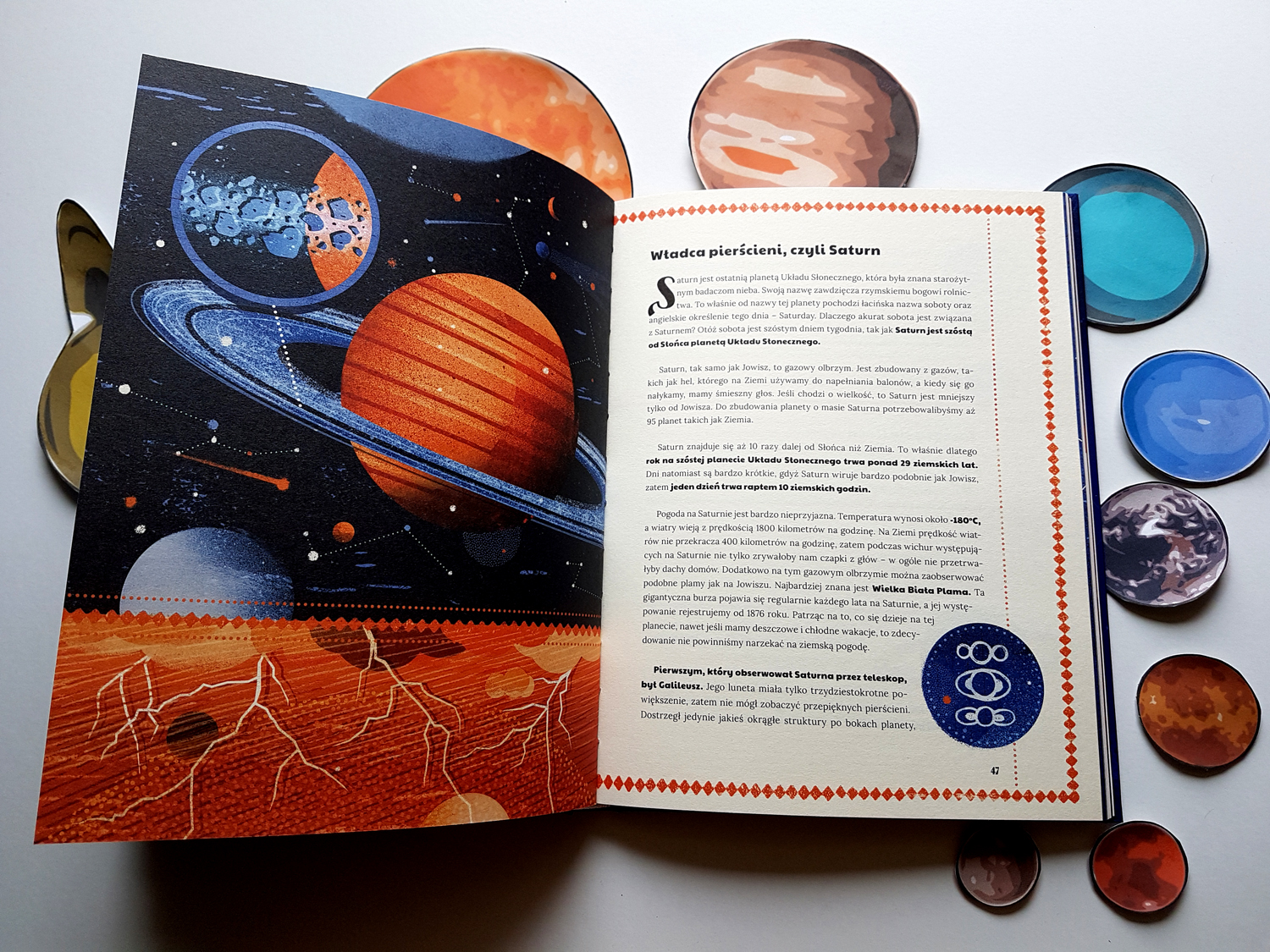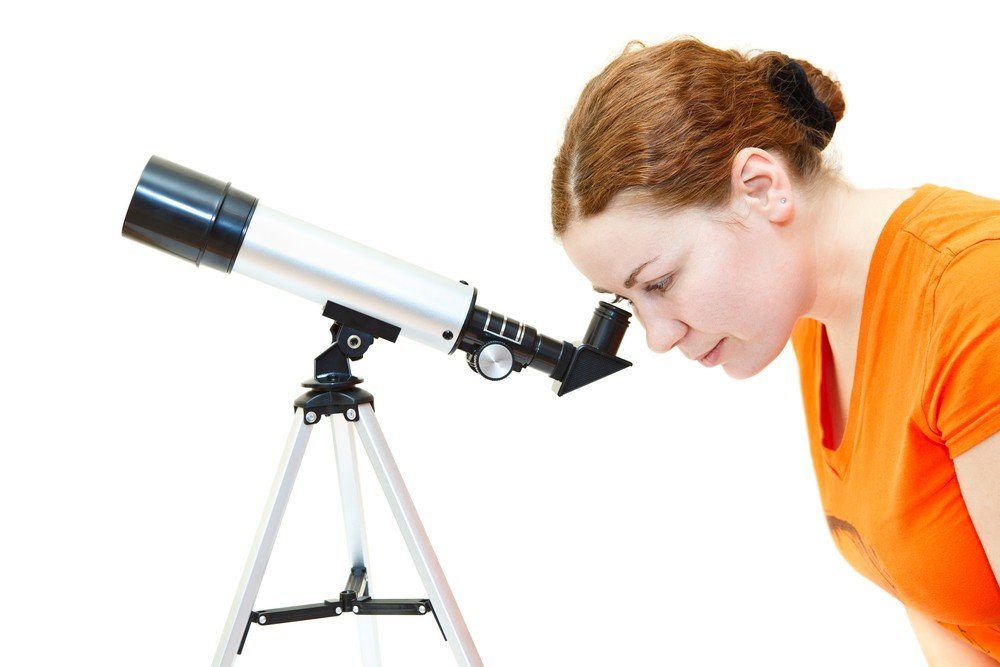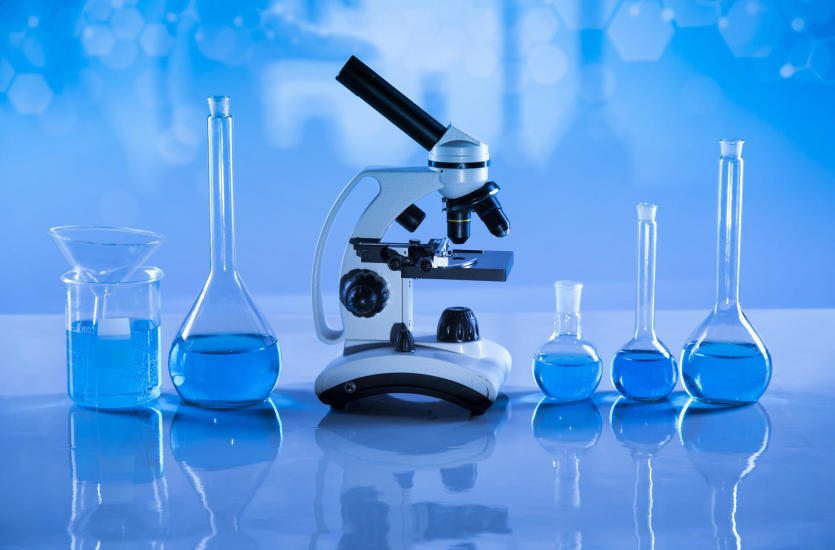Telescope: Concept, History, Types, Parts and More
Making distant observations towards universal space becomes impossible with the human eye alone; and on the part of the Dutch the Telescope emerged as a main tool for astronomers. Know more!
TELESCOPE ETYMOLOGY
the word Telescope is masculine and is a Greek term where from a prefix and adverb tele (τηλε-) its meaning is distant while scopio (σκοπ) is to see; this term was introduced into our Spanish language in 1739. Why a prefix? why precede the word, and why an adverb? because it determines a place that is far away.
WHAT IS TELESCOPE?
According to Federico Cesi and Giovanni Demisiani, it was they who determined the meaning of the Telescope, considering it an indispensable tool for astronomers when making observations of the sky, in order to capture celestial bodies with greater clarity in the presence of electromagnetic radiation through their lenses. optics and concave mirrors.

TELESCOPE AND WHO INVENTED IT
The inventor of this instrument like the Telescope was very controversial as many people were involved according to their specialties they performed at the time.
The vast majority thought that Galileo invented the telescope; but by coincidence they were among the groups of Barcelona and Dutch, in the face of all this confusion, the instrument was patented, giving it the name of watchman or spy in the year 1608 by the German Hans Lippershey.
But the authorship of the Telescope was given to the lens maker Juan Roget, in the year 1590, due to the investigations carried out by the journalist Nick Pilling, who glimpsed the cases of the Dutch Zacharias Jassen and that of Jacob Metius, where the first was in the manufacture of lenses. and its association with the telescope, but of the invention of the microscope; while the second was related because it contributed to the manufacture of lenses, its specialty being lens polishing.
Therefore, due to the valuable information provided by José María Simón de Guilleuma to the British journalist Nick Pilling, it was specified that the authorship of the telescope was given to the Spaniard Juan Roget and that it was patented by the German Hans Lippershey, although it went out to highlight that the Dutchman Christiaan Huygens declared everywhere as the inventor of the telescope, but he was actually born much later than the previous ones, because their dates did not coincide, he was discarded.
HISTORY OF THE TELESCOPE
The before and after of the creation of the Telescope determines a true history of the same instrument, through events that occurred:
BEFORE (HER INVENTION):
The fact of knowing who was the discoverer and inventor of the Telescope, it was first said that it was a Dutchman in the first centuries of the XVI by Hans Lippershey who actually patented the said optical instrument, and later it was discussed by the British journalist Nick Pilling who defended justice to give recognition to the true inventor of the Telescope.
ONE AFTER (CAREER IN ASTRONOMY)
The Telescope in its historical evolution began with the tremendous usefulness in the area of astronomy, initiated by Galileo.
Galileo was motivated to see the sky where for the first time with the help of the telescope he was able to get a better view.
After Galileo, Giovanni Demassiani emerges celebrating with a dinner in Rome in honor of Galileo for his self-made telescope he called a spy and they had the opportunity to view the sky.
Later, it is said that Galileo was one of the initiators of astronomical study and that he used mainly the Telescope, conceived by him on January 6, 1610, which discovered the planet Jupiter giving the beginning or birth of astronomy.
Finally, throughout Galileo’s discovery, there are the landmarks of science or Copernicus’ heliocentric theory, where every astronomical object can be seen in detail.
So Johannes Kepler improved the Telescope that Galileo made by increasing its visibility, but it was determined that the image was observed inverted and large, from which it did not differ, causing some inconvenience at the time of observation, otherwise the one that Galileo built .
Before what happened before, many years later, Isack Newton stands out, where he built a telescope to discuss the inconveniences caused by the instrument idealized by Galileo; Newton made the reflecting telescope considering mirrors as an important part of it, where it’s simple and bright assuming light doesn’t pass through the lens and he assumed this solved the problem of image distortion.
WHAT IS A TELESCOPE FOR?
The Telescope is used to make observations of any distant place that cannot be distinguished with the naked eye, as is the fact of seeing the sky and differentiating the celestial bodies that are there.
Galileo Galilei first used it in 1609 in Italy, when the Dutch introduced this instrument, where everything that could not be seen with a simple eye could be seen up close, but its use was to see the sky.
During 1995, the Dutch gave telescopes to princes as a military tool to spy on their opponents.
TELESCOPE PARTS
First of all, the telescope parts are said to be mirrors and lenses, but not just its parts.
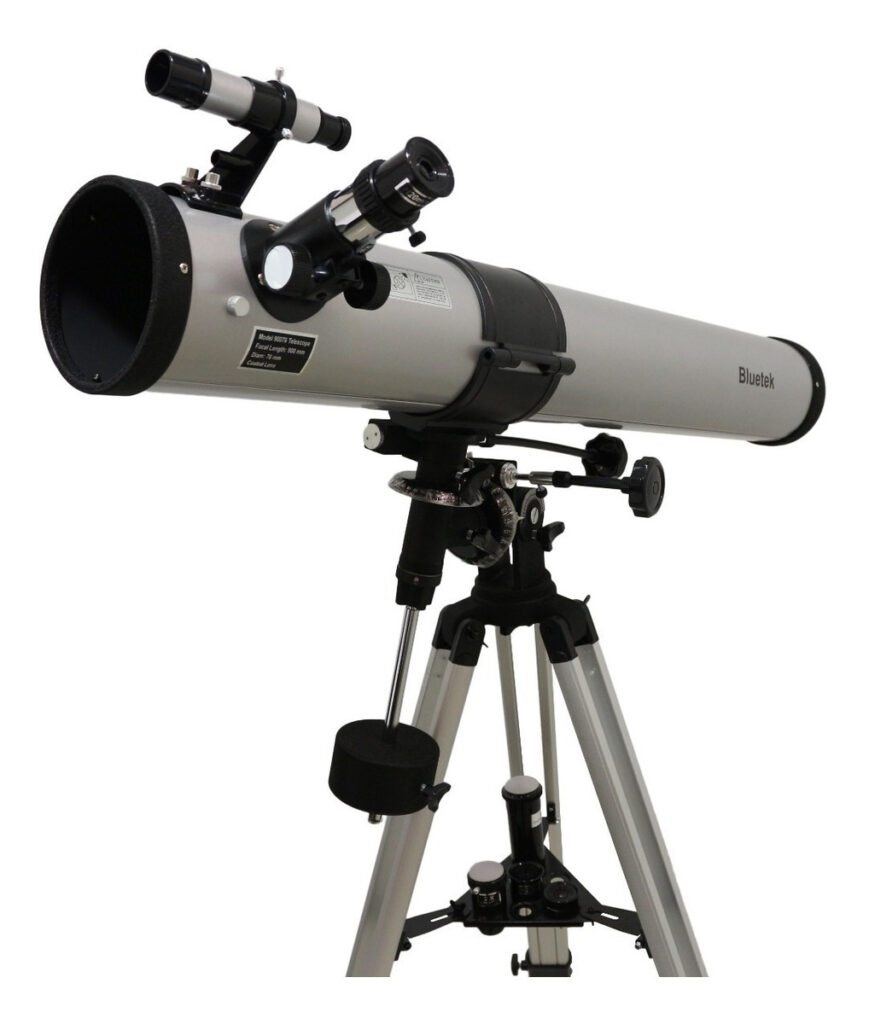
SEARCH ENGINE
It is an annex of the same telescope, in charge of better locating the assessments of the human eye identified with a cross, giving it a more exact location, if possible with their respective coordinates; here you can consider the directions of the bodies when making your observations.
EYE HOLDER
It is a hole known as eyepiece holders and there are so-called eyepieces that have certain turns that help to improve the visibility of the celestial body in the sky, these movements can be reducing or multiplying focal visibility.
ASSEMBLY
The telescope tube is inside a hole and that in turn in a circle, this is called a mount, in this are placed the eyepiece lenses that will be adjusted to capture the image, it consists of two rings or a button, one with movement without losing the pursued image and another where any movement is controlled at the time of observation.
There are two types of mounting bracket or eyepiece
ALTAZIMUTAL:
This type of assembly occurs because it moves from top to bottom and from east to west pointing to a defined object. From top to bottom it is given by the altitude, and from the left side to the right side by the cardinal points from East to East.
These mounts are made with a mechanism where their rotation is slow so that they can have a better location of the Telescope to obtain the desired image. In addition to the mechanical part, there is a technological program that includes tracking celestial bodies in space.
Due to its motion specifications, it makes tracking the stars difficult, so it relies on a software program for these changes called field rotation.
EQUATORIAL
Its drive mechanism is much more complex but follows the movement of the stars and any celestial body automatically, this type of assembly has an AR and DEC motor, that is, the azimuth is parallel to the axis of rotation of our planet earth making a turn. in the form of an arc.
This type of support on the telescope lends itself to taking pictures called astrophotography due to its functionality of being able to easily follow the celestial bodies, as it has within its mechanism of action a button that determines the minimum movement without losing the location of the desired object. Within the equatorial hill there are varieties, we have the Alemão and the Fork.
MIRRORS
Before talking about the mirrors of a telescope, let’s define what a refractor and a reflector are, knowing that the former is when light energy is absorbed or concentrated in a lens that is partially mounted in the front while the reflector uses a hyperbolic mirror. on the back or back of the telescope.
PIPE
The tube has a cylindrical shape, the lenses are contained in it as a basic and important component of the Telescope, in addition to the balance that must be taken into account in diameter and weight to have a good choice of tripod and eyepieces, so it is the one that best care must be taken.
Why is its shape cylindrical? because the light that passes through the lens is transported along the tube and when it reaches the objective the image is not damaged and will be sharp; which means the images are inverted the same size as they pass through the lens focus on their way.


